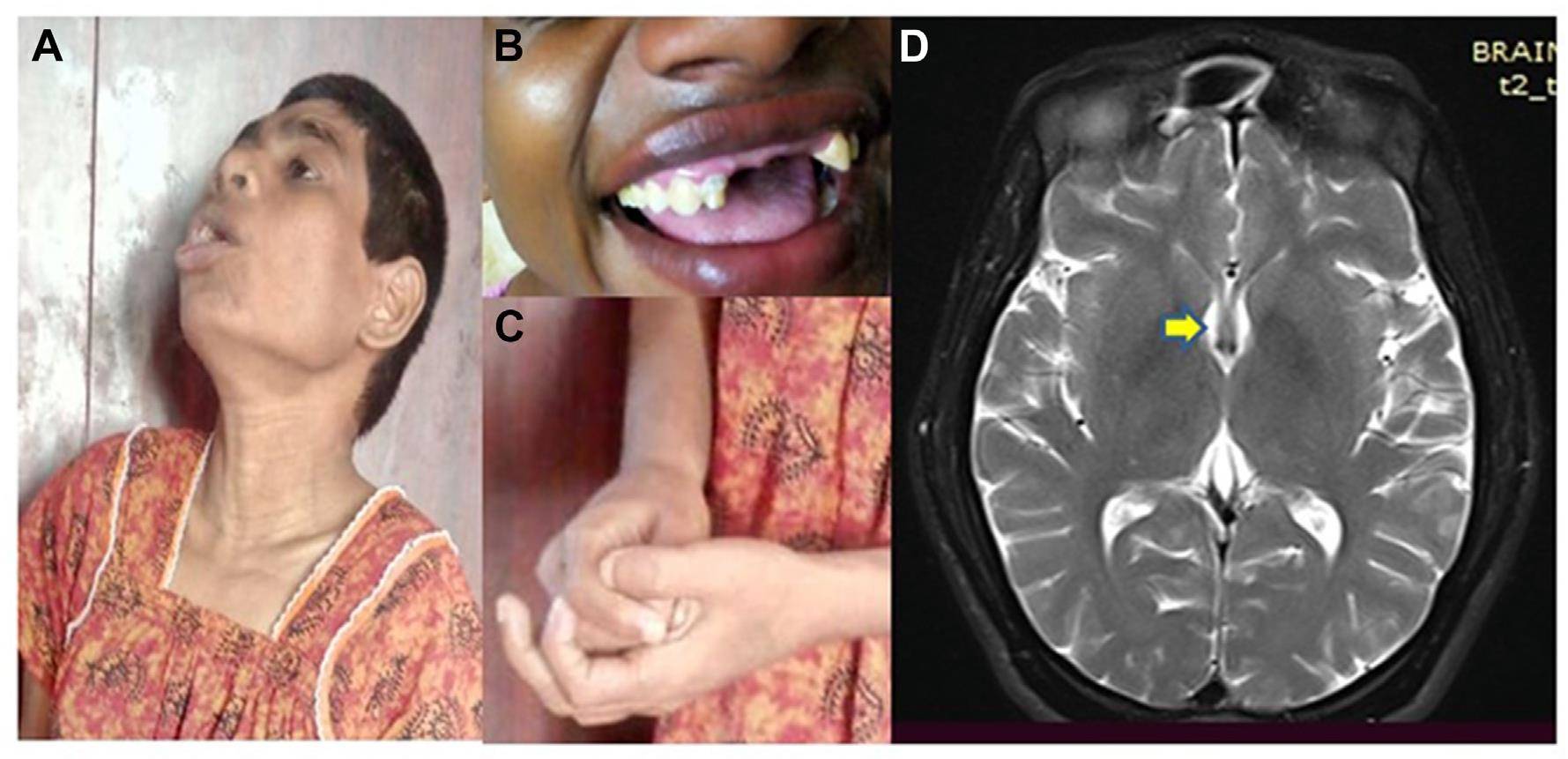
Highlighting novel genes associated with the classical Rett syndrome patient from India


Rett syndrome (RTT) is a rare X-linked brain disorder predominantly in females, caused by mutations in Methyl-CpG-Binding Protein2 (MECP2) gene with the characteristic features of progressive developmental delay, severe intellectual disability, microcephaly, retarded growth, loss of communication abilities, loss of purposeful hand movements, abnormal walking or gait abnormalities, repetitive hand movements, abnormal breathing, irritability and abnormal behaviours. Over the last five years, more than eighty genes related to RTT were found using next generation sequencing. Here we presented a comprehensive clinical report of a 38-year-old RTT woman having de novo heterozygous Laminin Subunit Gamma 3 gene (LAMC3) mutation G>A (Chr9:133944387; p.C947Y) links with RTT neurological dysfunctions, brain malformations, reduced brain volume and hypoplasia of corpus callosum. This new finding supports the possibility of targeting LAMC3 gene for rescuing the neuropathology of RTT. Other deleterious mutations found in genes such as, CACNA1B (rs4422842), CUBN (rs2271460), GPATCH3 (rs779537923), TUBB1 (rs463312), KCNJ5 (rs768906222), VWA5A (rs551469534), DNAAF1 (rs751148678), and PARP1 (rs3219145) were unreported in RTT patients.
